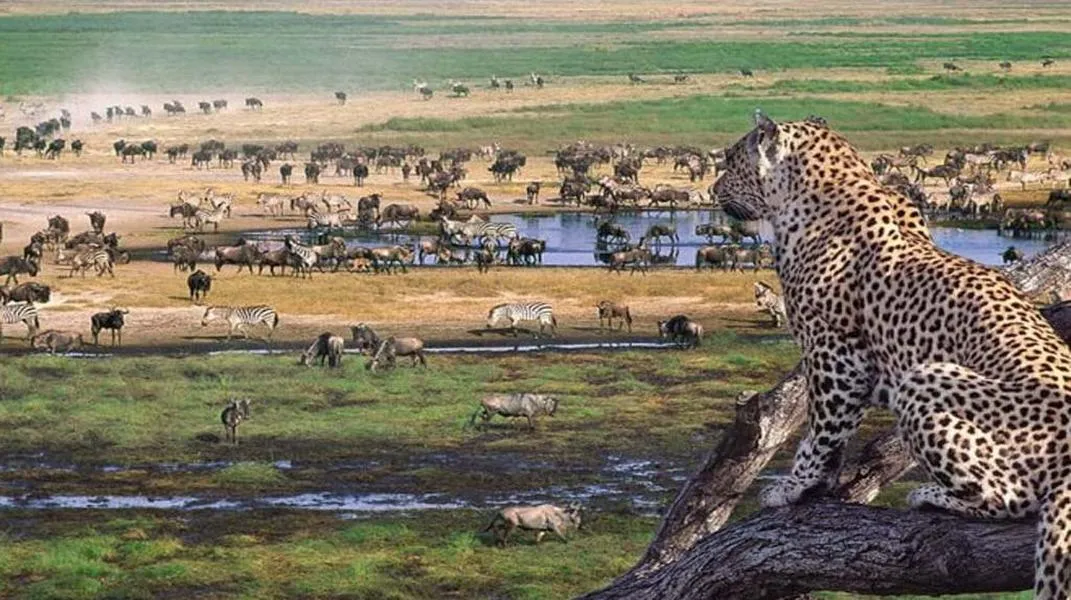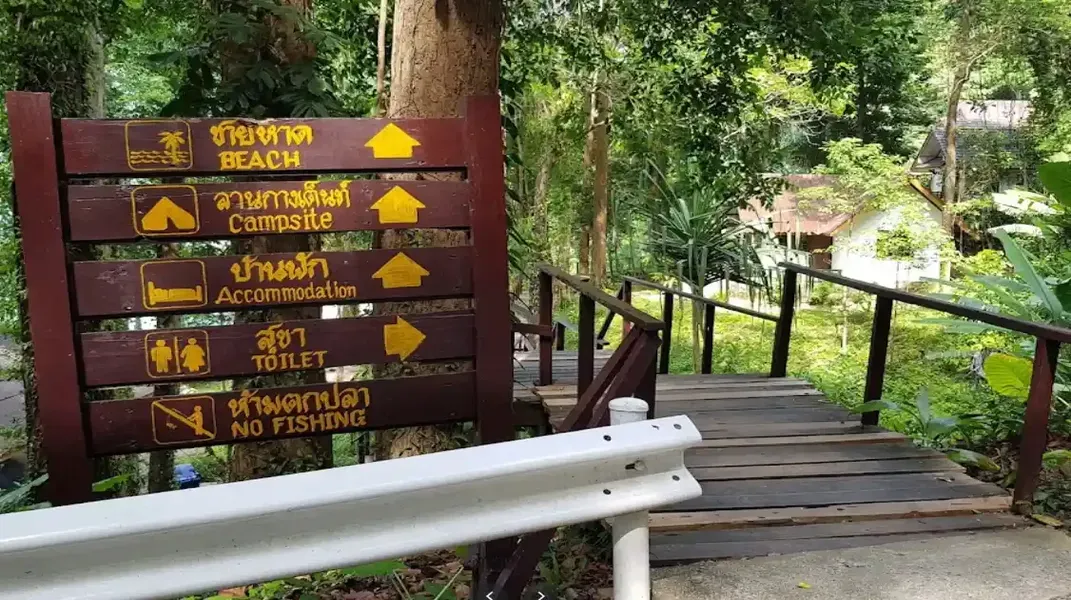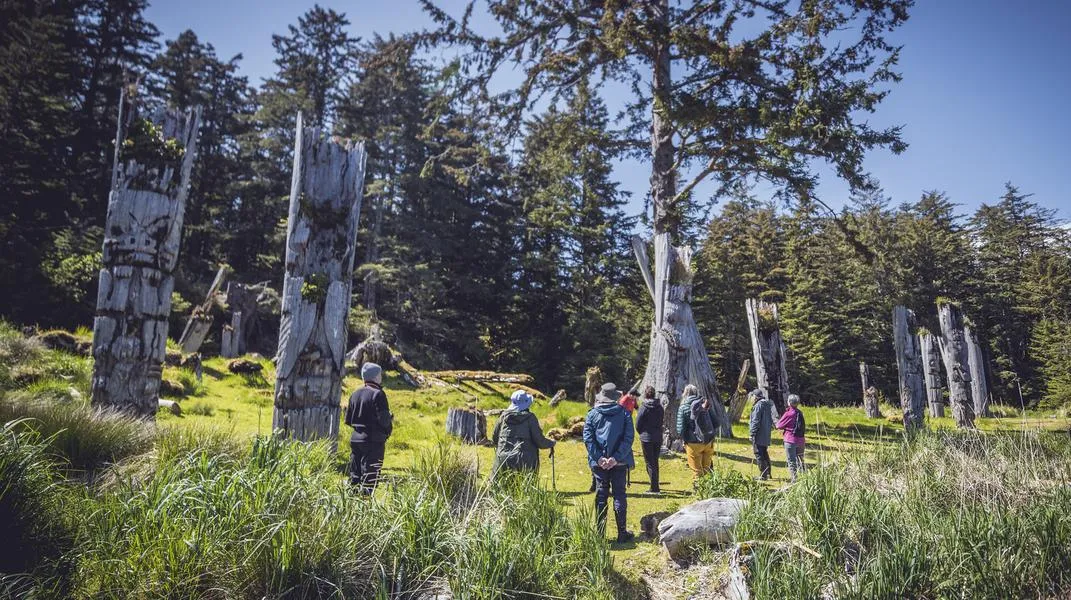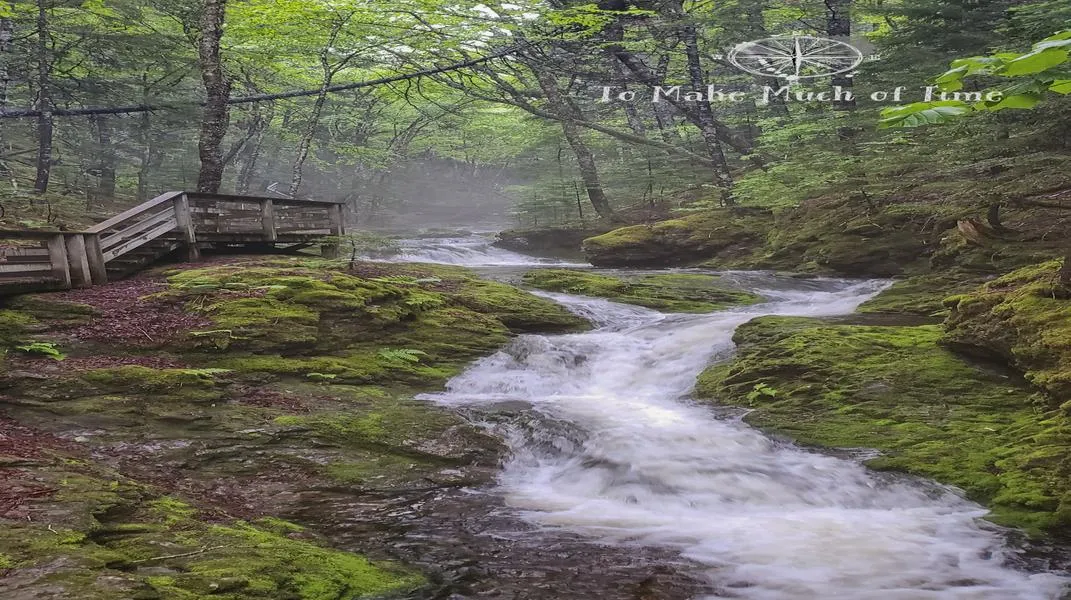Kluane National Park and Reserve: A Majestic Wilderness Destination
Nestled in the southwestern corner of the Yukon Territory in Canada, Kluane National Park and Reserve stands as a breathtaking testament to nature's grandeur. Spanning over 22,000 square kilometers, this UNESCO World Heritage Site is home to some of the highest peaks in North America, including Mount Logan, the country’s tallest mountain. The park’s striking landscapes, diverse ecosystems, and rich cultural history make it a premier destination for outdoor enthusiasts and nature lovers alike. This article will delve into the park's highlights, attractions, and essential preparations for a memorable visit.
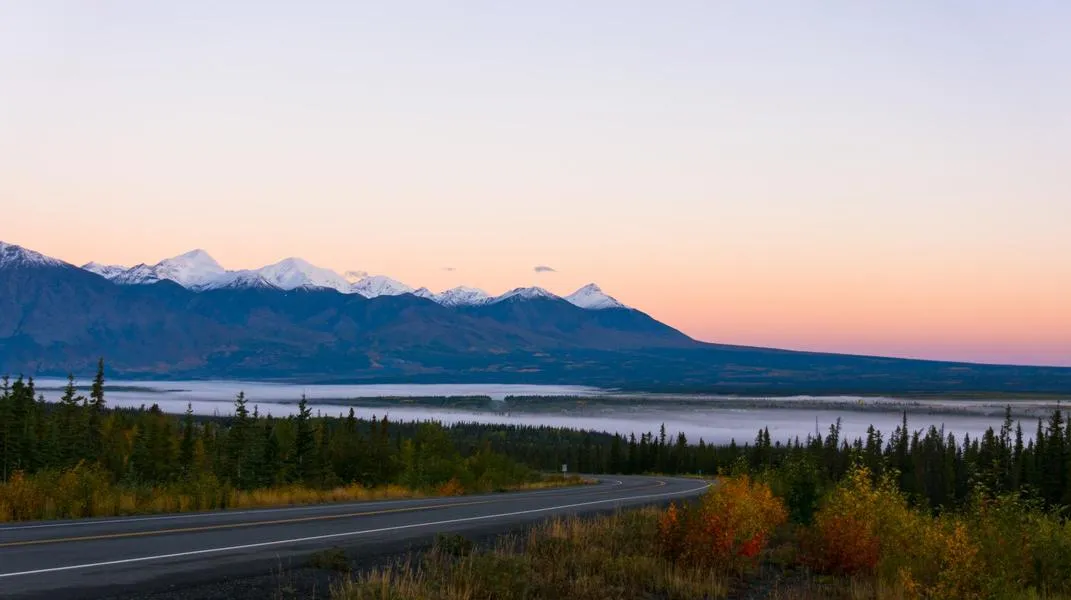
A Glimpse into the Park's Splendor
Geography and Landscape
Kluane National Park and Reserve is characterized by its dramatic topography, which ranges from lush valleys and glacial lakes to rugged mountains and expansive icefields. The park is part of the larger Kluane Region, which encompasses the Kluane Lake, the largest lake in the Yukon, and the St. Elias Mountain Range, where towering peaks rise dramatically from the surrounding landscape.
The park's centerpiece is the Kluane Icefield, which feeds numerous glaciers, including the famous Lowell Glacier. These glaciers not only shape the physical landscape but also contribute to the rich biodiversity found within the park’s ecosystems. Visitors can expect to witness a stunning array of features, including jagged mountain ranges, pristine rivers, and sweeping tundra.
Flora and Fauna
Kluane National Park is an ecological treasure trove, boasting a diverse range of plant and animal species. The park's varied ecosystems support over 800 species of flowering plants, including wildflowers like fireweed and lupine. The lower elevations are marked by lush boreal forests, while alpine tundra dominates higher altitudes.
Wildlife enthusiasts will be thrilled to encounter a variety of animals, including grizzly bears, black bears, moose, caribou, and Dall sheep. Birdwatchers can also delight in spotting species such as the golden eagle, peregrine falcon, and numerous migratory birds that flock to the park during the summer months. The park is also home to the elusive wolverine and the endangered wood bison, making it a vital habitat for conservation efforts.
Cultural Significance
Kluane National Park is not only a natural wonder but also a site of rich cultural heritage. The area has been inhabited by Indigenous peoples for thousands of years, with the Southern Tutchone First Nations having a profound connection to the land. Visitors can learn about the cultural significance of the park through interpretive programs, guided tours, and the stories shared by Indigenous elders. The park also serves as a reminder of the importance of preserving Indigenous cultures and their relationship with the environment.
Attractions and Activities
Kluane National Park and Reserve offers a myriad of activities that cater to various interests and skill levels. Whether you are seeking adventure, relaxation, or a chance to connect with nature, the park has something for everyone.
Hiking and Backpacking
With over 100 kilometers of marked trails, Kluane is a hiker’s paradise. Some of the most popular trails include:
- King's Throne: This challenging hike rewards adventurers with a panoramic view of Kluane Lake and the surrounding mountains. The trail climbs steeply and is approximately 8 kilometers round trip, making it suitable for experienced hikers.
- Auriol Trail: A moderate hike of about 17 kilometers, this trail leads to stunning vistas of the Kluane Icefield and offers opportunities to observe wildlife along the way.
- Cottonwood Trail: A family-friendly option, this 2.5-kilometer trail meanders through a lush forest and provides access to Kluane Lake's beautiful shores.
For those seeking a more immersive experience, backcountry camping and multi-day treks are also popular. The park’s remote wilderness allows for solitude and a chance to connect deeply with nature, making it a perfect location for camping under the stars.
Wildlife Viewing
Wildlife viewing is a highlight of any visit to Kluane National Park. The best times to spot animals are early in the morning or late in the afternoon when they are most active. Guided wildlife tours are available, providing visitors with the chance to learn from experienced naturalists. Remember to maintain a safe distance from wildlife and follow park guidelines for responsible viewing.
Glacier Tours
For those eager to explore the park's icy landscapes, guided glacier tours offer an unforgettable experience. These tours often include opportunities for ice climbing, glacier hiking, and even helicopter rides that provide stunning aerial views of the vast icefields. Adventurous souls can book a guided trek to the nearby glaciers, where they can witness the unique geological features and learn about the impacts of climate change on these fragile ecosystems.
Canoeing and Kayaking
Kluane Lake’s shimmering waters provide the perfect backdrop for canoeing and kayaking. Paddling along the lake allows visitors to appreciate the stunning scenery from a different perspective while enjoying the serenity of the tranquil waters. Rentals and guided tours are available, catering to both beginners and experienced paddlers.
Cultural Experiences
To deepen your understanding of the park's cultural significance, consider participating in Indigenous-led programs and workshops. These experiences may include storytelling sessions, traditional crafts, and guided walks that highlight the Indigenous perspective on the land and its resources. Engaging with local Indigenous communities enriches the visitor experience and fosters respect for their traditions and knowledge.
Preparing for Your Visit
A trip to Kluane National Park and Reserve requires careful planning and preparation to ensure a safe and enjoyable experience. Here’s a comprehensive checklist of materials and considerations to take into account:
Essential Gear
- Clothing: Dress in layers to accommodate variable weather conditions. Waterproof and windproof outer layers are essential, along with moisture-wicking base layers. Sturdy hiking boots are a must for rugged trails.
- Camping Equipment: If you plan to camp, bring a durable tent, sleeping bag (appropriate for the season), and a sleeping pad. Cooking gear, utensils, and food storage containers are also important for backcountry camping.
- Navigation Tools: Carry a topographic map of the park, a compass, or a GPS device. Familiarize yourself with the trails and landmarks before your hike.
- First Aid Kit: A well-stocked first aid kit is vital for any outdoor adventure. Include items such as band-aids, antiseptics, pain relievers, and any personal medications.
- Food and Water: Pack lightweight, high-energy snacks and meals. A portable water filter or purification tablets are recommended for ensuring access to clean drinking water.
- Emergency Supplies: Bring a whistle, a multi-tool, a flashlight or headlamp, and a fire-starting kit. A fully charged mobile phone or satellite communicator can be invaluable in case of emergencies.
Safety Considerations
- Wildlife Safety: Educate yourself about bear safety and how to behave when encountering wildlife. Carry bear spray and know how to use it.
- Weather Awareness: Weather in the park can change rapidly. Check forecasts regularly and be prepared for rain, snow, or sudden temperature drops.
- Leave No Trace: Practice Leave No Trace principles to minimize your impact on the environment. Pack out all trash, camp away from water sources, and stick to established trails.
- Park Regulations: Familiarize yourself with the park’s regulations and guidelines. This includes camping restrictions, fire regulations, and wildlife viewing protocols.
Access and Transportation
Kluane National Park is accessible via the Alaska Highway. The nearest town is Haines Junction, where visitors can find amenities such as accommodations, restaurants, and fuel. Consider obtaining a park pass at the visitor center upon arrival, which provides valuable information and resources for your trip.
Best Time to Visit
The best time to visit Kluane National Park is during the summer months, from late June to early September, when temperatures are milder, and the flora and fauna are most active. However, fall can also offer stunning landscapes as the foliage changes color. Winter enthusiasts will find opportunities for snowshoeing and skiing, but be prepared for harsher conditions.
Conclusion
Kluane National Park and Reserve is a remarkable destination that offers an unparalleled blend of natural beauty, adventure, and cultural richness. Whether you are trekking through alpine meadows, paddling on serene lakes, or immersing yourself in Indigenous culture, the park promises an unforgettable experience that resonates long after your visit.
By preparing thoughtfully and respecting the park’s natural and cultural heritage, you can ensure a rewarding journey through one of Canada’s most awe-inspiring landscapes. So pack your gear, embrace the spirit of adventure, and get ready to explore the stunning wilderness of Kluane National Park and Reserve.

